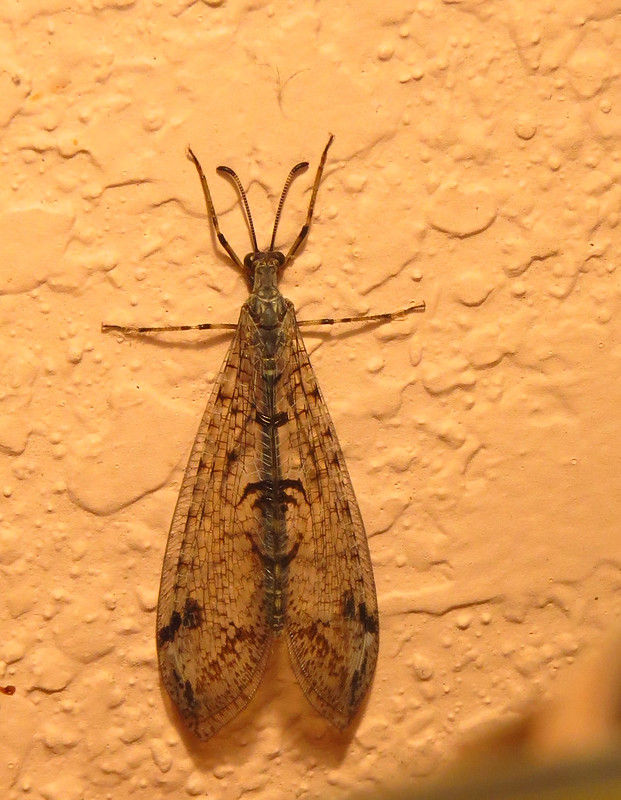In Awe of Ambush Predators
- Aditi Mishra

- Jul 4, 2020
- 2 min read
It’s all fun and games until they get to you.
Behold the tiny antlion. It is small. It’s ugly. But, what it lacks in looks, it makes up in cunning.
So who are the antlions and why what earned them this name?
Antlions are a group of at least 2000 insect species. Wherever there is sand, there is an antlion calling it home. And as their name hints, they devour ants like hungry lions would polish off a gazelle.

In true Disney fashion, these menacing and (honestly scary looking) larvae morph into lacewings as adults. Lacewings, as the name suggests, emerge as dainty creatures. Their wings so diaphanous, as if crafted in Cinderella’s dream.

As if this backstory wasn’t intriguing enough. Antlions are also called doodlebugs because they leave funny patterns in sand.
These funny patterns are funneling and spiraling pits built in sand. Trap set for an ignorant ant to walk into.

Once the trap is set, it’s time to hide. Food is unpredictable, so is the wait. But the antlion is prepared.
If the feast is bountiful it will grow into a beautiful lacewing this season itself. If not, it will bide its time, and take many seasons, even several years to debut as a lacewing. Depending on where it is from, it might conceal itself under sand, leaves, or debris.

It’s time to forage for today. The scout ant is out making rounds. A tumble throws her off. Her antennae and eyes are chock full of sand. She shakes her head to see and smell again.
Sands are slippery, but what is this? The tiny flecks of sands, from her vigorous head shaking triggered an avalanche of sand. The scout cannot stop tumbling now. She is tumbling down the pit.
In a quick flash of events a pair of pincer like mandibles emerge and grasp the scout’s waist in a deadlock. She struggles, she fights with every last bit of energy. But the mandibles tilt her towards the pit. The more she struggles, the deeper she sinks. Finally, a second pair of mandibles emerge and pierce her belly between her natural armor of cuticular plates. The scout is still struggling; she might still make it.

But no — it’s too late. The antlion has successfully injected a minute dose of poison in her by then. Enough to get the prey to stop struggling. Once the scout is dead, she would be pumped full of enzymes.
Her insides would be digested, then extracted. The table would be set and the antlion will feast — for today.
Disclaimer: Antlions are tiny, entertaining and completely harmless to humans, pets and crops. Basically if you or your loved ones are more than a few centimetres in height — you will be fine.
Reference: Griffiths, David. “The feeding biology of ant-lion larvae: prey capture, handling and utilization.” The Journal of Animal Ecology (1980): 99–125.
This Articles has come alive thanks to my my lab mate and friend Jagath V and numerous talented photographers. Please do check them out.





Comments